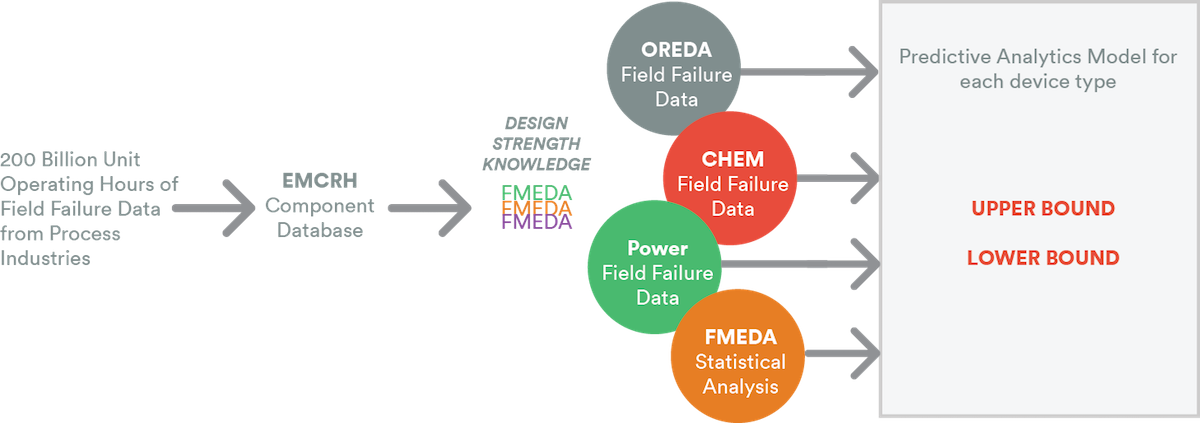I have received several calls lately to our Australia / New Zealand office about whether it is acceptable to use published failure rates that seem too good to be true.
The person calling is usually doing a SIL verification calculation for an operating plant or for an EPC working closely with an operating plant, so the answer will have a direct impact in a number of areas. The failure rate data in question is often from an independent engineering company or sometimes even a Certification Body. In many cases it is difficult to determine exactly how the failure rate was estimated or predicted, what the definition of failure was, and what assumptions were made.
Fortunately, exida has dealt with this issue many times over the years. We can readily reference the requirements in IEC 61511-1, clause 11.9.3: “The reliability data used when quantifying the effect of random failures shall be credible, traceable, documented, justified and shall be based on field feedback from similar devices used in a similar operating environment”. In addition, exida has collected hundreds of field failure data sets and done comparisons with FMEDA predictions. All these results have then been used to define upper and lower dangerous failure rate limits for most common components considering the IEC-61511-1 70% confidence limit for failure rate data. (Most common equipment failure rate numbers can easily be checked with these results in the exida SILSafe data tables.)

The greater challenge is when no one questions the “too good to be true” failure rate data that I see too frequently in the general course of my work. When this data falls outside my direct scope in a project, it is not so easy to put forward awkward answers without an opening from any questions.
Easy or not, the path here in New Zealand is very clear: we are required to follow the Engineering New Zealand Code of Ethical Conduct, which is often referred to as our Duty of Care. All registered engineers must follow this Code, which clearly states in item 3 that we must:
Report adverse consequences: If you have reasonable grounds to believe that an engineering matter has, or could have, adverse consequences you must bring the matter to the notice of the relevant regulatory body unless, having made inquiries, you are satisfied on reasonable grounds that the matter is being dealt with through an appropriate process or in an appropriate manner.
I like to think that any practicing engineer, whether or not they are subject to the Engineering New Zealand Code of Ethical Conduct, has the same Duty of Care to raise these challenging issues to help our colleagues be as safe as reasonably practicable.
Tagged as: IEC 61511 FMEDA Failure Rates Failure Rate eric scharpf

